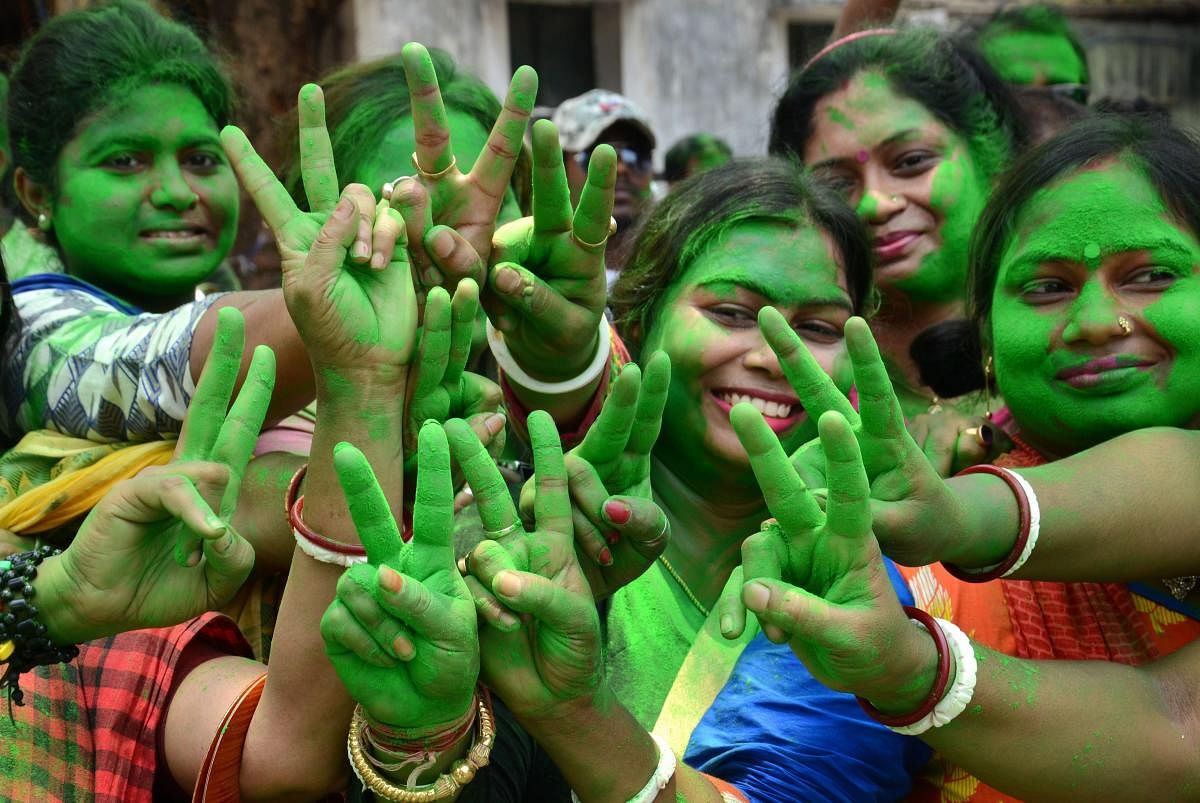
The Biju Janata Dal (BJD), the Trinamool Congress (TMC) and the Congress party deserve applause for promising to field more women in the upcoming Lok Sabha elections. The BJD has said that 33% of its candidates in the Lok Sabha election will be women. The TMC has allocated 41% of the 42 Lok Sabha constituencies in West Bengal to women. The Congress has announced at it will “field more women” in the elections. However, it hasn’t clarified the proportion of seats it will field women on. The Congress has also promised that if elected it would ensure enactment of the Women’s Reservation Bill and allocate 33% of jobs for women. It is heartening to see parties setting aside more seats for women. Of the three parties, the TMC seems most committed to the principle of women’s empowerment through the democratic process. It reserved 35% of seats for women in the 2014 general election and this time around, it has raised that by 6%. This is commendable and cannot be described as a gimmick.
Although the BJD has set aside 33% of Odisha’s Lok Sabha constituencies for women, it has not done so for the Odisha state assembly election, which is being held alongside the general elections. Finding itself in a shaky situation in the contests for Lok Sabha seats, it appears to be using the women’s reservation issue to draw women voters. As for the Congress, tactical considerations seem to underlie its decision to field more women. It can be expected to put up more women candidates in West Bengal and Odisha to blunt any advantage that may accrue to the TMC and BJD on account of their allotting more seats to women. Even if this is a ploy to impress voters, the fielding of more women in elections is a positive development. It shows that political parties need not wait for enactment of the Women’s Reservation Bill to set aside 33% of seats for women in Parliament. What is needed is political will to make this a reality on the ground.
For most political parties, winnability determines the selection of candidates and parties are reluctant to allot seats to women as they are seen to be less likely to win elections. This is an absurd argument. In the 2014 general elections, for instance, the TMC won 34 of 42 Lok Sabha constituencies, 12 of the 34 TMC winners were women. Women constitute 48% of India’s electorate but the 16th Lok Sabha had only 61 women members. Fielding more women in the elections will help make the Lok Sabha more representative of India’s population. It would provide substance to India’s democracy.